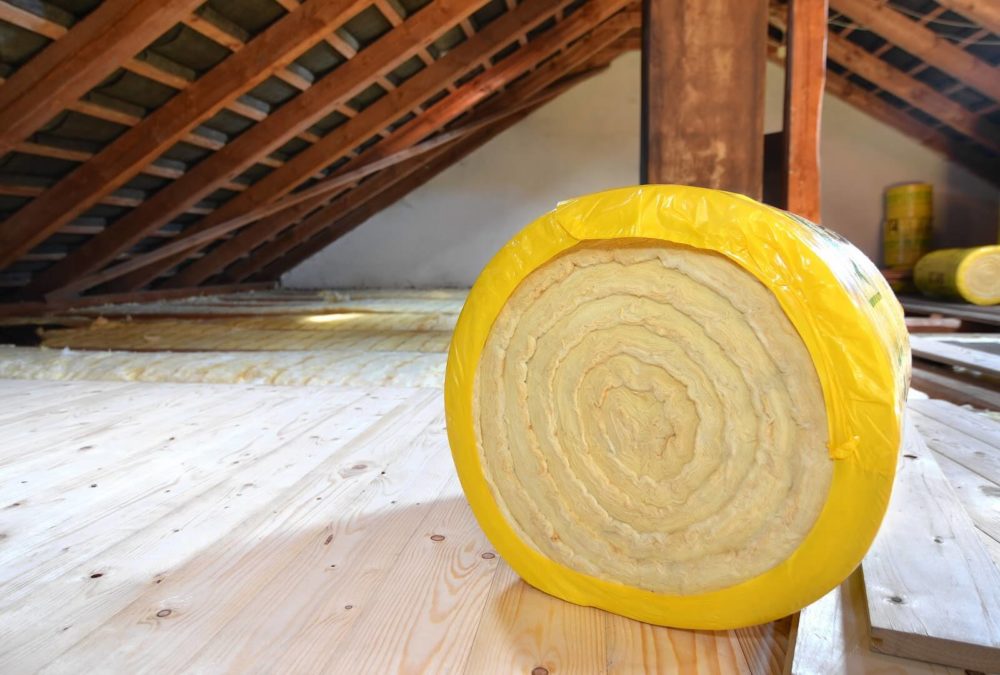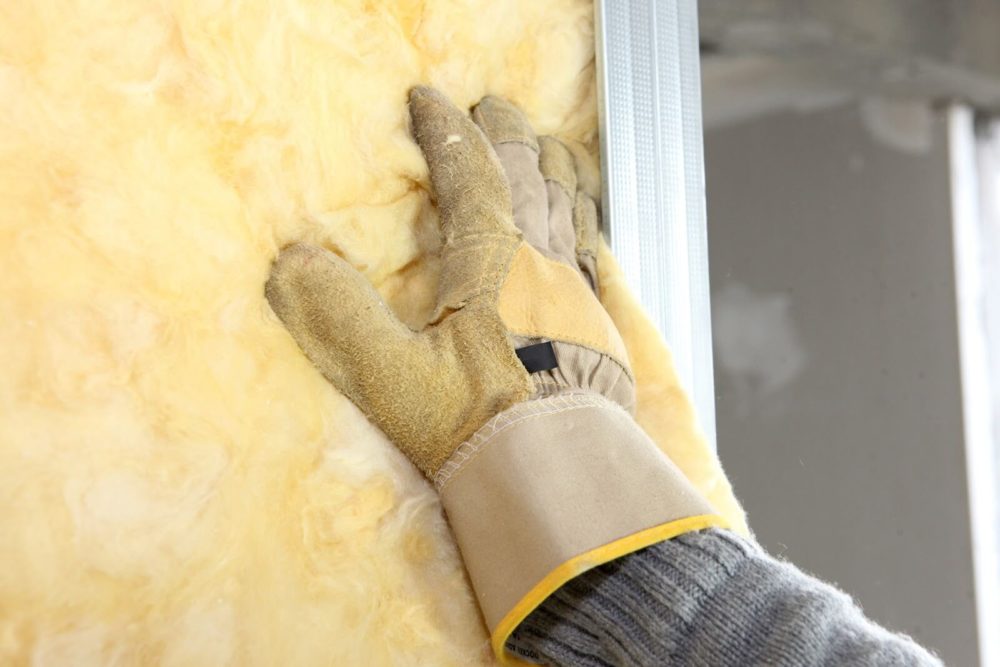Request Quote
Home | Our Blog | Insulation Roof: Types and Materials Guide
Reviewed by Tomas Kalkys. President.
Qualifications: More than 20 years of experience in residential and commercial exterior remodeling.
Founding farther of Legacy Service.
Written by LegacyUSA Team
posted on Oct 11, 2019
Get Estimates From Roofing Pros
You probably don’t give it much thought, but insulation is one of the best and easiest ways to reduce your cooling and heating costs while keeping your home comfortable throughout the year. Even those living in areas of the country that don’t face extreme temperature fluctuations will benefit from having insulation in their home. Fortunately, there are plenty of cheap roofing insulation material options available on the market today, and you can install many of them yourself if you want to.
Not a real zip code.
In this blog, you’ll read about some of the most common types of roof insulation as well as their differences and pros and cons to help you determine which one would work best for you.

Whether you’re looking to add insulation to the ceiling or the walls, you need to look at the different types to figure out which one would be best for you. Learn more about them below:
This kind of insulation is typically made from fiberglass or recycled fiber materials. The fluffy strands of fiber are blown into walls and attics with special machines to fill nooks and crannies and help eliminate cold spots.
Pros include cheap and easy installation and the fact that it’s good for filling up large spaces like attics.
Cons include how its installation can pose health risks, how it can deflate eventually, and that it may trap moisture in the event of a leak.
Not a real zip code.
This is the most common type of insulation for the roof as well as the rest of the home. It’s suitable for Do-It-Yourself projects and comes in rolls that are easy to carry and transport. The prefabricated chunks are made from rock wool or loose materials.
Pros include cheap and easy installation as well as a practical way to fit insulation between small spaces.
Cons are exactly the same as for loose-fill insulation.
This roofing insulation type has superior energy savings, but it’s also pricier than the other types. The panels typically come in 4 ft. by 8 ft. sheets, but some manufacturers also make them as large as 8 ft. by 24 ft.
Spray foam may cost more than batt insulation, but it also has higher R-values. Since it goes on as a liquid, it seals cracks and gaps to stop air leaks.
Pros include that it’s waterproof and weather-insulating, and it can be used in place of caulking jobs.
Cons include that it must be installed by a professional and it’s the most expensive way to fill large empty spaces.

Use insulation to protect your attic and basement as well as your external walls and garage. These areas are the most susceptible to temperature change. You can also use insulation to protect water heaters, helping to extend their lifespan and reduce the amount of energy needed to heat water.
There’s not necessarily one type of material that’s superior; it’s about whichever works best for you. We hope that our comparison of the different types of roof insulation materials helps you decide which type is best for your home. At Legacy Service, we’ll not only help you make that choice, but we’ll also install it for you. To learn more about roofing replacement, contact us today at 215-798-9790.
Posted on Oct 11, 2019 in Roof
Read our news
HOW LONG SHOULD A ROOF LAST? ELEMENTS
A lot of elements play a role in maintaining the integrity of the roof, but as a homeowner, the most important components to pay attention to are the underlayment, ventilation, and material.
DIFFERENT TYPES - DIFFERENT LIVES
Choosing the best roofing material for your home is the first important step in ensuring that you have the highest quality roof possible.
METAL ROOF VS ASPHALT SHINGLE ROOFING
Two of the most popular roofing materials on the market are metal and asphalt, and both offer different pros and cons to a customer.
Pros and cons of Asphalt Shingle Roofing
Replacing a roof is an expensive decision, and cannot only come down to cost.


